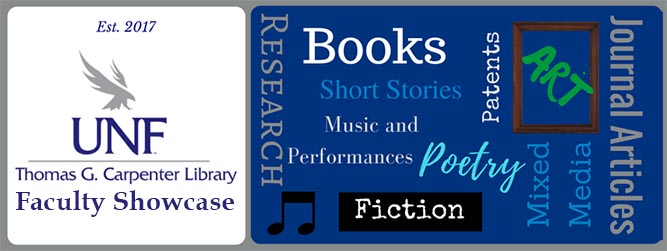College
College of Education and Human Services
Department
Exceptional, Deaf and Interpreter Education
Rank
Associate
Type of Work
Journal Article
Publication Information
McDermid, C. (2017). The dialectic of second-language learning: On becoming and ASL-English interpreter. Sign Language Studies, 17(4), 450-480.
Description of Work
A small group of interpreters was interviewed with regard to their view of learning ASL and becoming bicultural. A model of identity was then postulated based on Hegel’s dialectic (Wheat 2012) of thesis (presuppositions, stereotypes, or theories about ASL and the Deaf community), antithesis (conflicting experiences), and synthesis (new understanding and acceptance). Also utilized were various identity constructs from the literature on bilingualism/ biculturalism, which suggests that identity is ascribed or constructed in relation to others and constantly negotiated (Tropp et al. 1999). Evidence was found of a period of thesis or position, during which some interpreters had no presuppositions about Deaf people or ASL; some perhaps had a disability perspective. Next, they went through a process of antithesis or opposition, during which they discovered the complexities of ASL and Deaf culture and values that conflicted with their own. Here the participants described confronting the “hearing line” (Krentz 2007), society’s negative view of Deaf people; some of them may have developed a sense of bilingual fatigue (McCartney 2006; Schwenke 2011; Watson 1987). Finally, the participants arrived at a level of synthesis or composition, during which they had a more complex and nuanced understanding of their identity in relation to the Deaf community. At this level, they viewed Deaf people as a positive foil to the hearing world; for them, Deaf people modeled a collective and egalitarian approach to others and stimulated reflection on the meaning of diversity and inclusion.
Included in
The dialectic of second-language learning: On becoming an ASL-English interpreter
A small group of interpreters was interviewed with regard to their view of learning ASL and becoming bicultural. A model of identity was then postulated based on Hegel’s dialectic (Wheat 2012) of thesis (presuppositions, stereotypes, or theories about ASL and the Deaf community), antithesis (conflicting experiences), and synthesis (new understanding and acceptance). Also utilized were various identity constructs from the literature on bilingualism/ biculturalism, which suggests that identity is ascribed or constructed in relation to others and constantly negotiated (Tropp et al. 1999). Evidence was found of a period of thesis or position, during which some interpreters had no presuppositions about Deaf people or ASL; some perhaps had a disability perspective. Next, they went through a process of antithesis or opposition, during which they discovered the complexities of ASL and Deaf culture and values that conflicted with their own. Here the participants described confronting the “hearing line” (Krentz 2007), society’s negative view of Deaf people; some of them may have developed a sense of bilingual fatigue (McCartney 2006; Schwenke 2011; Watson 1987). Finally, the participants arrived at a level of synthesis or composition, during which they had a more complex and nuanced understanding of their identity in relation to the Deaf community. At this level, they viewed Deaf people as a positive foil to the hearing world; for them, Deaf people modeled a collective and egalitarian approach to others and stimulated reflection on the meaning of diversity and inclusion.



Biographical Statement
Campbell McDermid, PhD (NIC, COI) is an Associate Professor at UNF. His research encompass translation theory, discourse, identity and Groupthink, pragmatics, cohesion, accuracy and assessment. He has developed a model of interpretation that conceptualizes “sense” at different levels and continues to explore the application of pragmatics and various theories of translation to the work of sign language interpreters. He is nationally certified in Canada and the United States, has several decades of conference work, and designed the current system of assessment used by the province of Ontario and the national interpreter certification system in Canada.